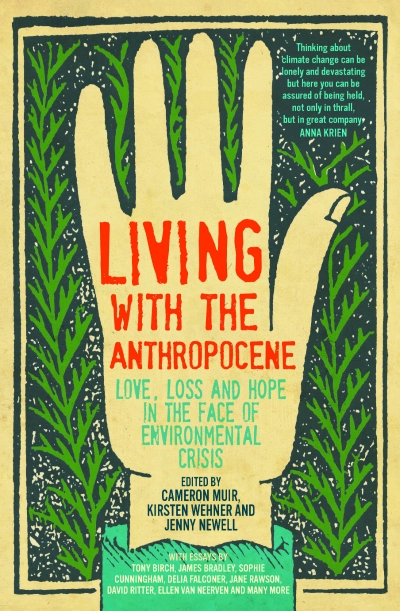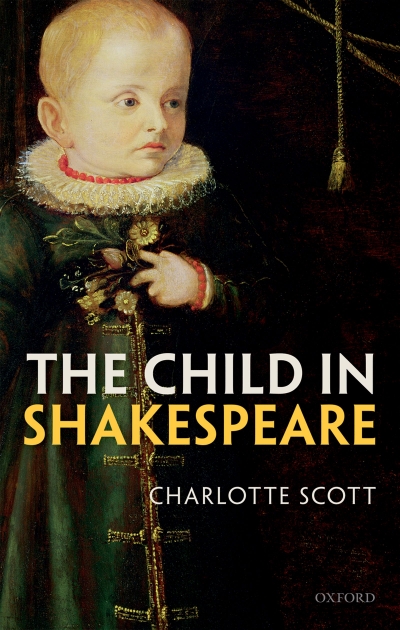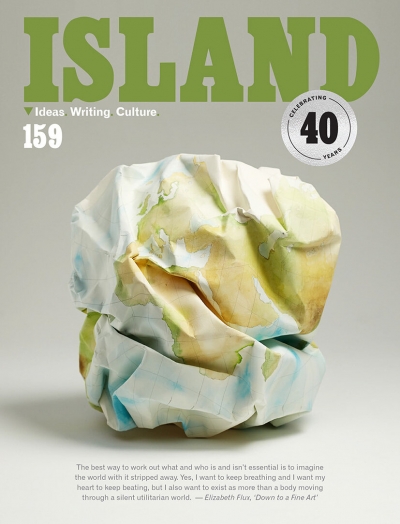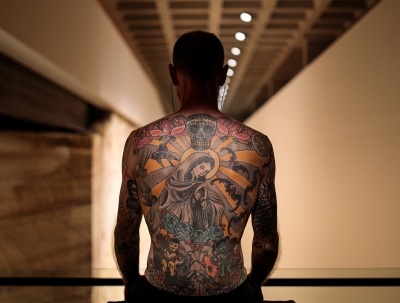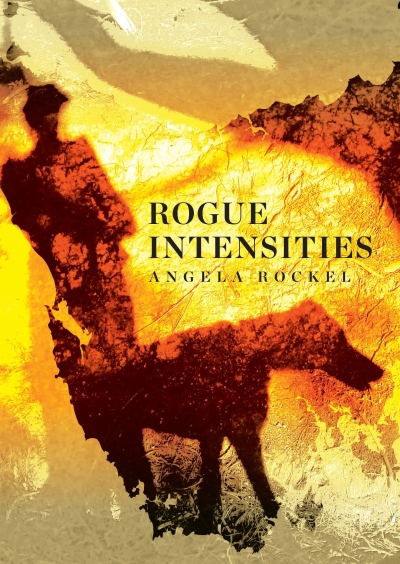Rayne Allinson
Living with the Anthropocene: Love, loss and hope in the face of the environmental crisis edited by Cameron Muir, Kirsten Wehner, and Jenny Newell
‘All of humanity’s problems stem from man’s inability to sit quietly in a room alone,’ wrote the seventeenth-century writer Blaise Pascal. As many of us are discovering, doing nothing alone in a room is a surprisingly difficult and demanding task. Even in these unusual times, when we are being asked – or in some cases, legally required – to stay home and do as little as possible, we are bombarded with suggestions as to how we might fill this sudden excess of time. We can stream a classical concert, watch sea otters floating in distant pools, binge-watch the latest drama series on Netflix, try out ballet fitness routines in our lounge room, or (my chosen method) try to learn the ukulele. And then what? As Pascal knew (even without the benefit of YouTube or TikTok), the easier it is to distract ourselves, the more restless we seem to end up feeling.
... (read more)
